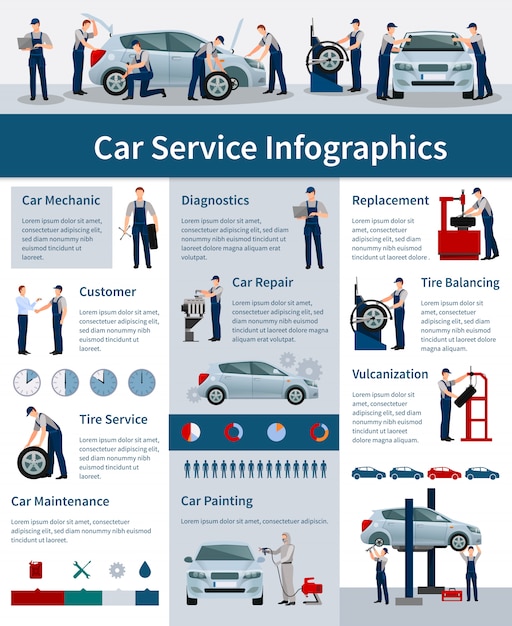Wondering About The Significance Behind Those Control Panel Warning Lights? Gain Understandings Into Their Effects For Your Automobile'S Safety And Maintenance
Wondering About The Significance Behind Those Control Panel Warning Lights? Gain Understandings Into Their Effects For Your Automobile'S Safety And Maintenance
Blog Article
Write-Up Developed By-Boye Corbett
When you're behind the wheel, those glowing warning lights on your dashboard can be a little bit difficult. Do you know what they're attempting to inform you about your cars and truck's health? Recognizing the relevance of these lights is important for your safety and the long life of your automobile. So, the next time one of those lights turns up, wouldn't you intend to understand its message precisely and take the essential steps to resolve it?
Common Warning Lighting and Interpretations
Recognize typical warning lights in your vehicle and recognize their meanings to make certain risk-free driving.
The most regular caution lights include the check engine light, which signals problems with the engine or discharges system. If this light begins, it's critical to have your car examined promptly.
The oil pressure cautioning light indicates low oil pressure, calling for immediate attention to prevent engine damage.
A flashing battery light could recommend a faulty charging system, potentially leaving you stranded otherwise dealt with.
The tire pressure tracking system (TPMS) light informs you to low tire pressure, impacting automobile stability and gas effectiveness. Neglecting this might result in risky driving problems.
https://brake-check28406.blog-kids.com/30393371/a-step-by-step-process-for-cleansing-and-protecting-your-car-s-inside suggests a problem with the anti-lock braking system, compromising your ability to quit swiftly in emergencies.
Finally, the coolant temperature level alerting light warns of engine overheating, which can result in extreme damages otherwise resolved quickly.
Recognizing these typical caution lights will certainly help you attend to problems immediately and preserve risk-free driving conditions.
Significance of Prompt Interest
Comprehending the usual warning lights in your cars and truck is only the very first step; the significance of without delay attending to these warnings can't be highlighted enough to guarantee your safety when driving.
When a warning light brightens on your dashboard, it's your auto's way of communicating a possible issue that needs attention. Ignoring these warnings can lead to much more severe troubles later on, jeopardizing your safety and potentially costing you much more in repairs.
Trigger focus to alerting lights can stop break downs and accidents. For careash near me , a flashing check engine light could indicate a misfire that, if left unattended, might create damages to the catalytic converter. Addressing this promptly can save you from an expensive repair work.
Similarly, a brake system cautioning light might signal reduced brake fluid or worn brake pads, important components for your safety when driving.
Do It Yourself Troubleshooting Tips
If you discover a warning light on your dashboard, there are a couple of do it yourself repairing tips you can attempt before seeking professional assistance.
The initial step is to consult your vehicle's manual to recognize what the certain warning light shows. Often the concern can be as simple as a loosened gas cap triggering the check engine light. Tightening the gas cap might solve the problem.
https://instant-oil-change83950.vblogetin.com/35789571/enter-a-future-where-modern-technology-and-modification-change-auto-outlining-promising-exceptional-defense-and-effectiveness is a low battery, which can trigger different warning lights. Inspecting the battery links for corrosion and ensuring they're safe and secure might deal with the problem.
If a caution light lingers, you can attempt resetting it by separating the car's battery for a few minutes and then reconnecting it. Additionally, checking your vehicle's fluid levels, such as oil, coolant, and brake fluid, can assist troubleshoot advising lights associated with these systems.
Final thought
In conclusion, understanding your automobile's warning lights is vital for keeping your car running efficiently and safely. By without delay dealing with these alerts and knowing what they suggest, you can avoid costly repairs and possible failures.
Remember to consult your automobile's guidebook for specific details on each warning light and act as necessary to ensure a hassle-free driving experience.
Keep informed, stay visit this hyperlink on the road!
